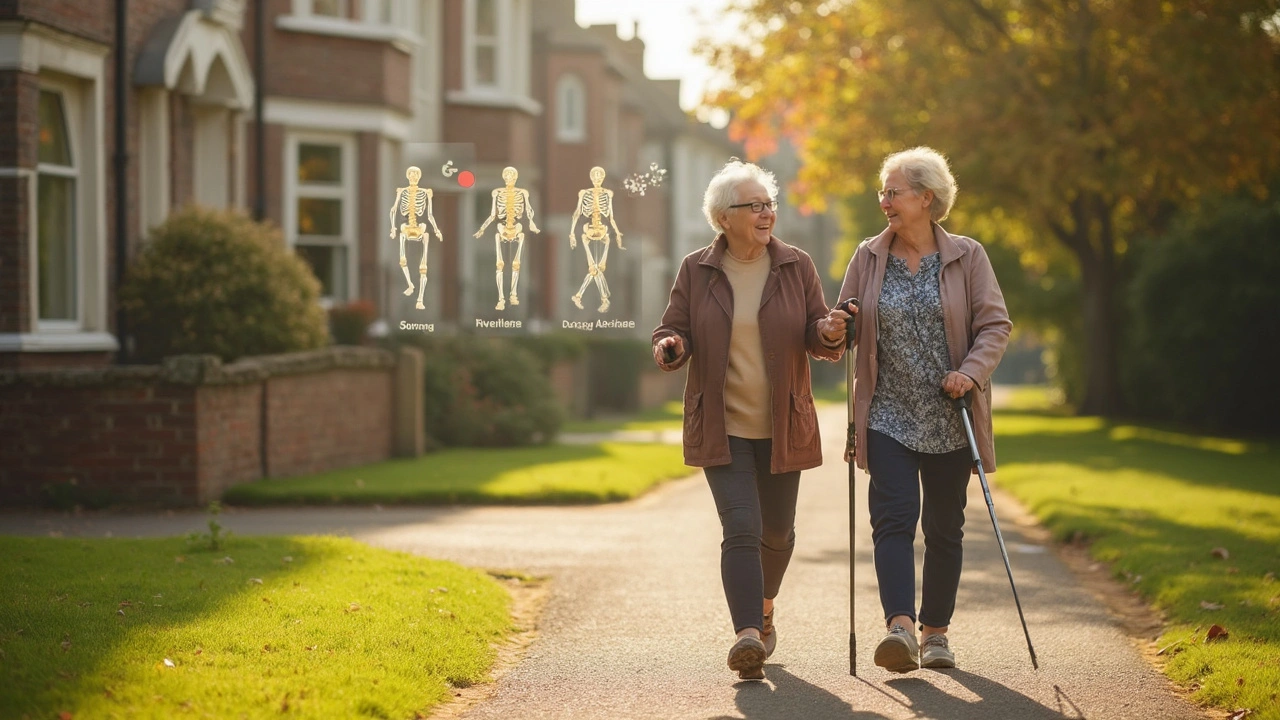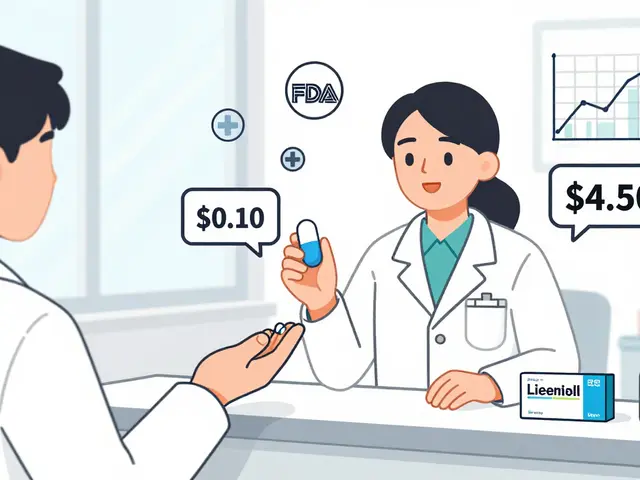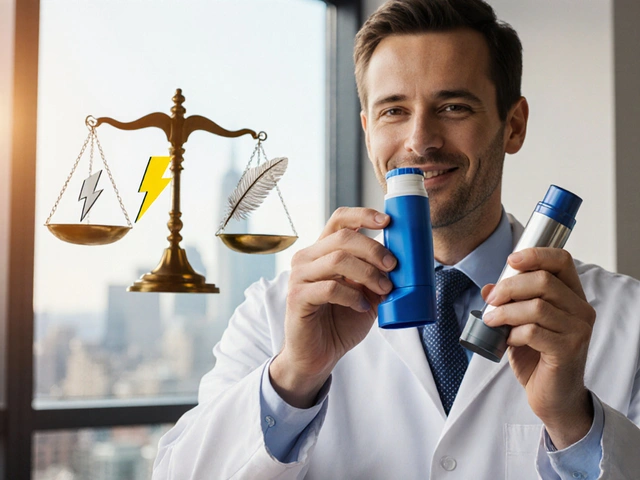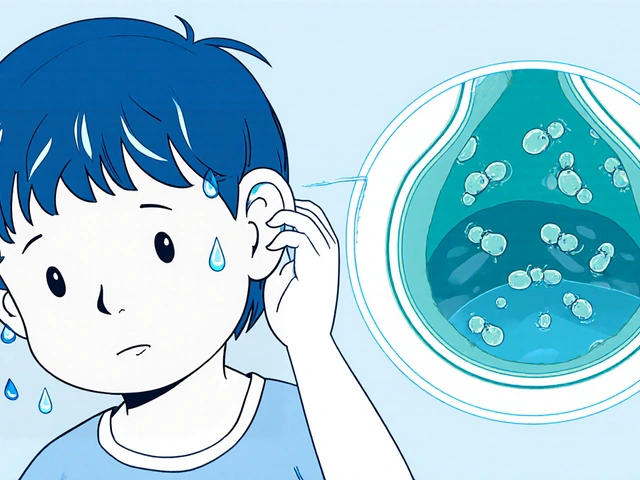Menopause: what’s happening and how to feel better
Half of women go through menopause with symptoms that change daily life. Menopause means your periods stop for 12 months. Perimenopause is the years before that, when hormones swing and symptoms start. You don’t have to suffer quietly—there are clear, practical steps that help most people.
Common symptoms and what actually helps
Hot flashes and night sweats are the most common. Simple fixes work: keep your room cool, sleep with breathable sheets, wear layers you can remove, and use a handheld fan. Avoid hot drinks, spicy food, and caffeine before bed. For immediate relief, paced breathing (slow in for 4, out for 6) can cut the intensity of a flash.
Vaginal dryness, pain with sex, and urinary urgency come from low estrogen. Vaginal moisturizers and water-based lubricants help. Local low-dose vaginal estrogen (cream, ring, or tablet) usually relieves dryness with minimal systemic effects—ask your clinician about options.
Sleep problems, mood swings, brain fog, and low libido are common too. Good sleep habits help: regular bedtime, no screens before bed, and cutting late-night alcohol. For mood or anxiety, talk to your doctor; therapy and some antidepressants work well for menopause-related mood shifts.
Treatment options and when to get medical help
Hormone replacement therapy (HRT) is the most effective treatment for hot flashes and night sweats. It comes as estrogen alone (if you’ve had a hysterectomy) or combined estrogen+progestogen (if you still have a uterus). HRT also protects bone. Risks vary by age, dose, and health history—your doctor will help weigh benefits and risks. Short-term HRT is safe for many people under 60 and within 10 years of menopause, but it’s a personal decision.
Non-hormonal medicines help too. Low-dose SSRIs/SNRIs (like paroxetine or venlafaxine), gabapentin, and clonidine can reduce hot flashes for people who can’t or don’t want HRT. For vaginal symptoms, local estrogen beats oral meds for direct effect with lower systemic exposure.
Bone health matters. Get a DEXA scan if you have risk factors (family history, early menopause, long steroid use). Aim for calcium (about 1,000–1,200 mg/day) and vitamin D (800–1,000 IU/day), plus weight-bearing exercise and strength training to protect bone and muscle.
See a doctor if you have heavy or irregular bleeding after 45, sudden pelvic pain, or symptoms that stop you from working or enjoying life. Bring a list of medicines, your period history, and a symptom diary—notes on timing, triggers, and severity make appointments far more useful.
Small changes add up: hydrate, move daily, manage stress, and get regular checkups. Menopause is a phase, not a sentence—many people find real relief with a few practical steps and the right medical support.

Estrogen plays a key role in keeping bones strong, especially as women age. When estrogen levels dip, usually around menopause, the risk of osteoporosis shoots up. This article breaks down exactly how estrogen protects bones and what happens when your body makes less of it. You'll also get practical tips on bone health and learn about different options for preventing and treating osteoporosis. Everything is backed by solid science, but explained in simple language.






